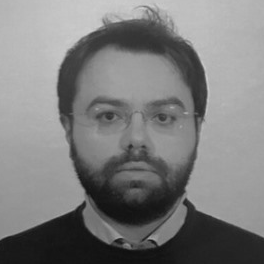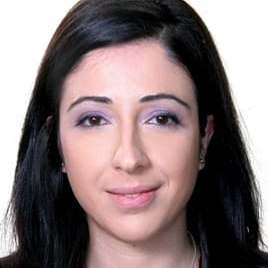Advances on Welded Joints: Microstructure and Mechanical Properties
A special issue of Materials (ISSN 1996-1944). This special issue belongs to the section "Materials Physics".
Deadline for manuscript submissions: 20 September 2024 | Viewed by 325
Special Issue Editors
Interests: experimental mechanics; residual stress; additive manufacturing; crack propagation
Interests: microstructure; mechanical behavior of metal materials; material characterization; mechanical testing; metal materials; alloy; coatings; welding; manufacturing process mechanics; heat treatment; corrosion; fractographic analysis
Special Issues, Collections and Topics in MDPI journals
Special Issue Information
Dear Colleagues,
Advances in welded joints continue to play a critical role in various industries, including manufacturing, construction, and the automotive industry. While welding is a longstanding and extensively employed joining method, various issues persist, e.g., the presence of intermetallic materials, geometrical discontinuities, etc., which have constrained its widespread adoption. Nevertheless, researchers and engineers continue to innovate to further enhance the microstructure and mechanical properties of welded joints in order to meet the evolving demands of modern applications.
Additionally, in recent decades, new welding technologies (e.g., FSW, hybrid techniques, etc.) that allow dissimilar or “non-weldable” materials to be joined have been developed. These innovative joints require in-depth study in order to evaluate their reliability and durability under real service conditions.
The aim of this Special Issue is to collect original contributions focusing on the microstructural assessment and mechanical properties characterization of welded joints, the procedure used to design them, and the development of new materials that expand the applicative potential of welding. Topics of interest include, but are not limited to, the following: the characterization of welded joints, fatigue performance, crack propagation, experimental investigations, simulations and analyses of welded joints, the effect of residual stresses, non-destructive testing (NDT) and in situ monitoring.
Dr. Vincenzo Moramarco
Dr. Gilda Renna
Guest Editors
Manuscript Submission Information
Manuscripts should be submitted online at www.mdpi.com by registering and logging in to this website. Once you are registered, click here to go to the submission form. Manuscripts can be submitted until the deadline. All submissions that pass pre-check are peer-reviewed. Accepted papers will be published continuously in the journal (as soon as accepted) and will be listed together on the special issue website. Research articles, review articles as well as short communications are invited. For planned papers, a title and short abstract (about 100 words) can be sent to the Editorial Office for announcement on this website.
Submitted manuscripts should not have been published previously, nor be under consideration for publication elsewhere (except conference proceedings papers). All manuscripts are thoroughly refereed through a single-blind peer-review process. A guide for authors and other relevant information for submission of manuscripts is available on the Instructions for Authors page. Materials is an international peer-reviewed open access semimonthly journal published by MDPI.
Please visit the Instructions for Authors page before submitting a manuscript. The Article Processing Charge (APC) for publication in this open access journal is 2600 CHF (Swiss Francs). Submitted papers should be well formatted and use good English. Authors may use MDPI's English editing service prior to publication or during author revisions.
Keywords
- welded joints
- dissimilar materials
- residual stress
- crack propagation
- modelling
- mechanical characterization
- non-destructive methods
- fatigue, microstructure and quality control
- welding technology







